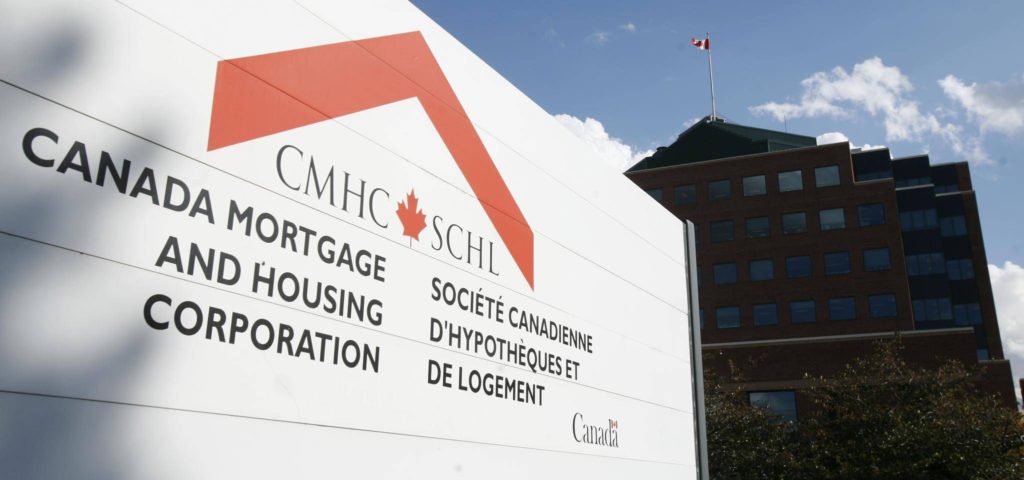What Types Of Mortgages Exist?

Hello again, everyone! We hope your new decade has been off to a great start. To wrap up January, we thought we’d go back to some of the basics of what we really do and remind you of the types of mortgages that are around!
The homebuying process is far from simple, in part because there are different types of loans you can take out for one, so before you get in touch with us for more questions, let us brief you again on the options you have!
Low Ratio Mortgages
Used by most first-time homebuyers, it’s an option where the down payment is equal to 20% or more of the property’s value. A low-ratio mortgage does not normally require mortgage protection insurance.

High Ratio Mortgages
In this scenario, the borrower is contributing less than 20% of the property’s value as the down payment. However, these types of mortgages must have mortgage default insurance through the CMHC, Genworth Financial or Canada Guarantee; the three mortgage insurance companies available in Canada.
Open Mortgages
This scenario allows you the flexibility to repay the mortgage at any time without penalty. Open mortgages usually have shorter terms, but can include some variable rate/longer terms as well. Mortgage rates on open mortgages are typically higher than on closed mortgages with similar terms.
Closed Mortgages
As touched upon in the above paragraph, a closed mortgage agreement that cannot be prepaid, renegotiated or refinanced before maturity, except according to its terms.

Fixed Rate Mortgages
The interest rate of a fixed rate mortgage is determined and locked in for the term of the mortgage. Lenders often offer different prepayment options allowing for quicker repayment of the mortgage and for partial or full repayment of the mortgage. It can usually sound like the rational solution.
Variable Rate Mortgages (VRM) / Adjustable Rate Mortgages (ARM)
These are different from the one above in that the mortgage rate may be changed during the term of the mortgage. Generally, these mortgages are initially set up like a standard loan, based on the current interest rate. The mortgage is reviewed at specified intervals and if the market interest rate has changed, either changing the size of the payment or the length of the amortization period (or a combination of both), the lender then alters the mortgage repayment plan. That means it could get cheaper or more expensive; a risk!

HELOC
And lastly, a home equity line of credit is a revolving line of credit secured by your home. You can borrow money up to the credit limit, which is usually a percentage of your home’s value.
A HELOC is an option for borrowing on your home’s equity, which is the difference between the value of your home and the unpaid balance of any current mortgage.
It is also possible to get a HELOC instead of a traditional mortgage. These products may be split into portions that you repay in different ways. For example, a HELOC may have a portion with a fixed interest rate and another portion with a variable interest rate.






